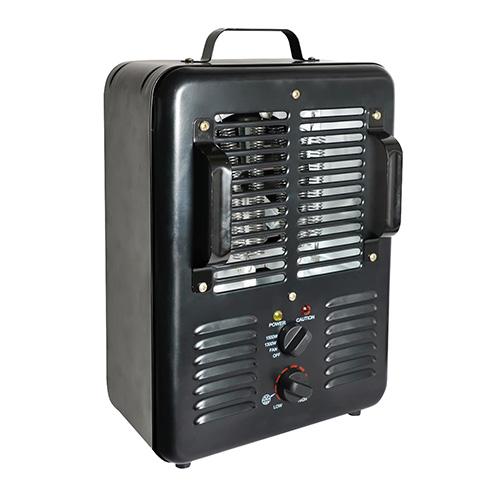What Does 1 Source Portable Air Mean?
What Does 1 Source Portable Air Mean?
Blog Article
Excitement About 1 Source Portable Air
Table of ContentsNot known Incorrect Statements About 1 Source Portable Air Fascination About 1 Source Portable Air1 Source Portable Air - QuestionsThe Best Strategy To Use For 1 Source Portable Air1 Source Portable Air Things To Know Before You Buy
Running expenses are based on an electrical energy cost of 40c/kWh. The expenses for 3 months' usage in wintertime are based upon 500 hours use, or approximately 6 hours per day for three months. Optimum warmth outcome is based on the optimum power level of the designs we've checked (we focus on greater power level heating systems).
On average, tiny fan heating systems are less pricey to get, but can have greater running prices. Oil column heating units will certainly be the most affordable on the market to run (on standard) but just by a narrow margin ahead of convection heating systems (like panel and micathermic panels).
The Greatest Guide To 1 Source Portable Air
If you have a relatively easy to fix ceiling follower, it'll aid spread the warmth around the space a lot more uniformly. A number of pricey heating units have failed to excite our testers, while some less costly versions make for remarkably great buys.
As the name recommends, they emit warm from a red-hot home heating component (so the household will have to take turns being in front of it). There are floor and wall-mounted versions offered. Radiant heaters are reasonably cost-effective. They have a cosy radiance and individual warming impact, like sitting in front of a fire.
The relatively revealed burner can be a fire and security hazard. For instance, a piece of apparel dropped over it might ignite, or kids messing around a floor design may burn themselves, so beware. Radiant heating systems typically cost in between $20 and $200. Oil-filled column heating systems do not really shed oil they use power to heat the oil that's sealed inside their columns or 'fins'.
What Does 1 Source Portable Air Mean?
Some column heating units aren't also oil-filled yet rather use other material or heating innovation to work similarly - 1 Source Portable Air. The threat of fire with an oil column heater is low compared to other heater types, but never zero. Oil heating units don't have exposed elements like radiant heaters do, and their surface area temperature level is lower than numerous other heater types (their large surface location offsets it)
Oil column heating units won't blow up, and while they do not shed their oil to generate heat, it's still flammable, so there is a fire threat if the oil leakages, if the heater ideas over and leakages, or if combustible items or fabric enter get in touch with or fall on the heating system. You ought to work out the exact same degree of care with oil heating systems as for other heating system types, and never hang towels or clothes over one to completely dry them use a drying rack instead, a minimum of one metre away.
Column heating units are particularly valuable in areas where they'll be activated for extended periods of time or where they'll run ignored, such as over night in a bed room. The surfaces you're likely to discuss a column heating system don't obtain as warm as various other sorts of electric heaters. You can utilize a ceiling fan on extremely reduced speed to help the column heating system to distribute the warm faster and extra equally.
If there's very little air motion (for example, if you're resting analysis or viewing television), the heat might not be dispersed evenly. Oil-filled column heating systems typically set you back between $50 and $450. Convection and panel heating units attract cold air over an electric home heating element. The warmed up air then leaves the heating unit and climbs towards the ceiling, while cooler air steps in to change it.
6 Easy Facts About 1 Source Portable Air Explained

Convection and panel heating units are a lot more mobile than their oil-filled column heating unit counterparts due to the fact that they're significantly lighter. They'll heat the air in a room evenly and quickly. Like a column heating system, you can make use of a ceiling follower on really low rate to disperse the warm quicker and much more evenly. Some models, specifically panel heating systems, are comparatively expensive to buy.

The Best Guide To 1 Source Portable Air
Follower heaters are often smaller sized and more mobile than other electrical heaters. They likewise come in the type of tower follower heating units, which this post can be much better for distributing heat around bigger rooms because of their taller account. They can heat the air in a space more quickly, equally and quickly than a few other heating unit kinds.
Fan heating units (ceramic or otherwise) usually price between $60 and $900. Ceramic fan heating units aren't always any kind of Your Domain Name different in price to non-ceramic models.
Report this page